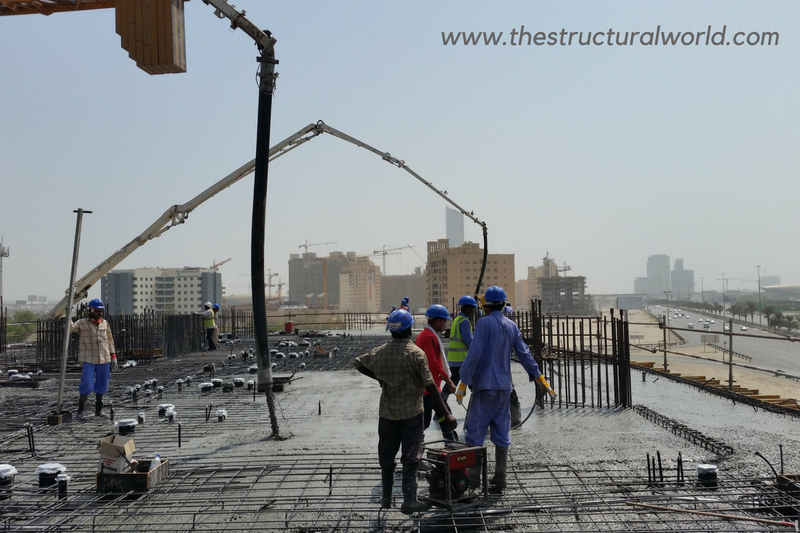
Are you familiar with green concrete? Why it is called green concrete and is it literally means green in appearance? Those are few of the many questions that linger our mind on the first time we heard about this term. In architecture, the world is focusing now on eco-friendly designs that give a balance between nature and building structures which is also known as green-architecture to come up with urban environment cities. The aim of these designs is to reduce the negative impact of building and reduces the carbon footprint in our environment. In Civil/Structural Engineering, the world is also adapting to this concept and in fact, many countries around the world are shifting in the use of green concrete as their basic component for a concrete mix. As we all know, our buildings nowadays is mostly composed of reinforced concrete structures and the main component used in the concrete mix is the Portland cement which is the traditional component of concrete. Why is the structural engineering world shifting in this so-called green concrete? What are their advantages over Portland cement?
Concrete
For a better understanding, let us go back to the definition of concrete. Concrete is a mixture of cement sand and gravel/aggregates. The strength of concrete that we would like to attain when mix with water is depending on the mixture proportioning of the basic component of concrete which is the cement, sand and gravel/aggregates. In this article, we will just focus on one of the components of concrete- the cement. We will differentiate the OPC or the ordinary Portland cement to that of the so-called green concrete components, their disadvantages and advantages.
Portland Cement
The OPC or the ordinary Portland cement is the main component of concrete. But studies suggest that using a pure Portland cement in a concrete mix as far as the cement factories are the concern, produces 50% of the total emission of carbon dioxide, CO2. According to Cement and Concrete environmental Considerations of the US, it was found out the production of 1.0 ton of Portland cement is accompanied by the emission of 1.1 tons of carbon dioxide CO2, dust, vapors and other harmful gases leading to:
- Increase in environmental damages such as global warming.
- An effect on human health such as kidney failure and respiratory diseases such as asthma, pulmonary ossification, and lung cancer.
Green Concrete
Green Concrete is formed when a percentage of Portland cement will be substitute by the eco-friendly cementitious material in a concrete mix. These eco-friendly cementitious materials should be mix with OPC to consider as green concrete. The descriptions of these materials with how much percentage it can be mix with OPC are the following:
- GGBS or the Ground Granulated Blast Slag.
- This is also called Slag Cement and it is a byproduct of the steel industry. It is commonly used as a partial substitute for Portland cement for up to 80% in concrete
- FA or the Fly Ash
- This is the byproduct of burning coal in electric power generating plants. It is commonly used as a partial substitute for 25 to 55% of the Portland cement in concrete.
- SF or the Silica Fume
- This is a byproduct that came from the electric furnace used in the production of silicon alloy. It is commonly used as a partial substitute for Portland cement at about 5% to 10%.
- FGL or the Fiber Glass
- This is a material that made up of very fine fibers of glass. The amount of fibers added to the concrete when combined is ranging from 0.1% to 3%.
More of the cement and combinations of the above eco-friendly cementitious with the recommended percentage can be found in table A.6 of the British Standard BS 8500-1:2006.
Advantages of Green Concrete
When used in the production of concrete the following are some of the advantages of Green Concrete:
- Increase the life of concrete elements/structures.
- Increases the concrete compressive strength for a minimum of 20% after 90 days of casting.
- Produces sustainable concrete as it has a better resistance to salts or sulfate.
- It can improve concrete workability as it reduces the rate of concrete cracking.
- Reduces moisture and water permeability in concrete thus reduces the reinforcement rusting.
- Improve the degree of thermal insulation and fire resistance of concrete.
- Reduces the amount of carbon dioxide emission by 80%.
Availability and Cost of Eco-friendly Materials
These eco-friendly materials stated above are readily available in the local market with the cost almost the same as the OPC. If you are looking for the exact prices, we suggest you contact your local concrete supplier for the detailed pricing.
What do you think about the Green Concrete? Did you prefer to use it or you stick with the conventional way? Tell us about your thoughts, leave your comment below. Subscribe to our newsletter, like and follow us on our social media through the icon below. If you found this interesting please don’t hesitate to share.
Reference:
DM Seminar, 29-March 2015: Using Eco-Friendly Cementitious Materials for Sustainable Concrete

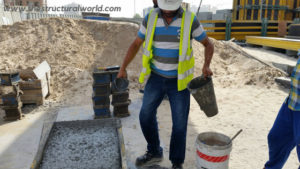
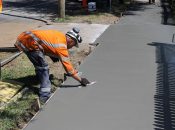



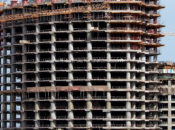
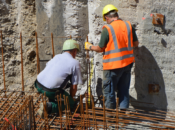
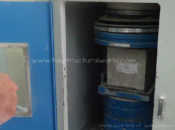


can you write a general procidureto manufacture green concrete thank you